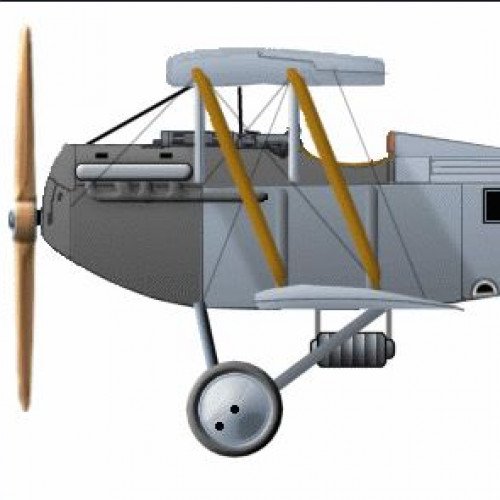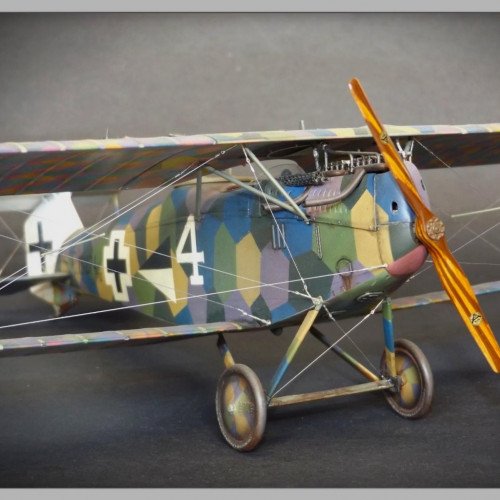Hanriot HD.7 vs Hannover CL.II

Hanriot HD.7
The Hanriot HD.7 was a French fighter prototype of the 1910s.
Statistics for this Xoptio

Hannover CL.II
The Hannover CL.II was an escort fighter, produced in Germany during World War I, designed in response to a 1917 requirement by the Idflieg for such a machine to protect reconnaissance aircraft over enemy territory. It was a compact biplane of largely conventional configuration with single-bay staggered wings of unequal span. The fuselage was a thin plywood paneled, wooden monocoque design, very similar to the style of fuselage in Robert Thelen's Albatros series of single-seat fighters. The main units of the fixed tail skid undercarriage were linked by a cross-axle and the pilot and tail gunner sat in tandem, open cockpits, with the gunner's cockpit elevated above the line of the upper fuselage to afford him a greater field of fire. For the same purpose, the aircraft featured an unusually compact empennage, with a short fin integral with the rear fuselage structure and a biplane tail unit that allowed the rear gunner to have a larger field of fire aft when defending the aircraft. Smaller than the usual C-class reconnaissance aircraft, it was easy for enemy pilots to mistake it for a single-seat fighter; a mistake that would bring them into the line of fire of the rear facing observer when closing from astern. The CL.II was also produced under licence by LFG, under the designation CL.IIa. The type was widely produced, and as the war continued, was increasingly employed as a ground attack machine, remaining in service in this role until the Armistice.